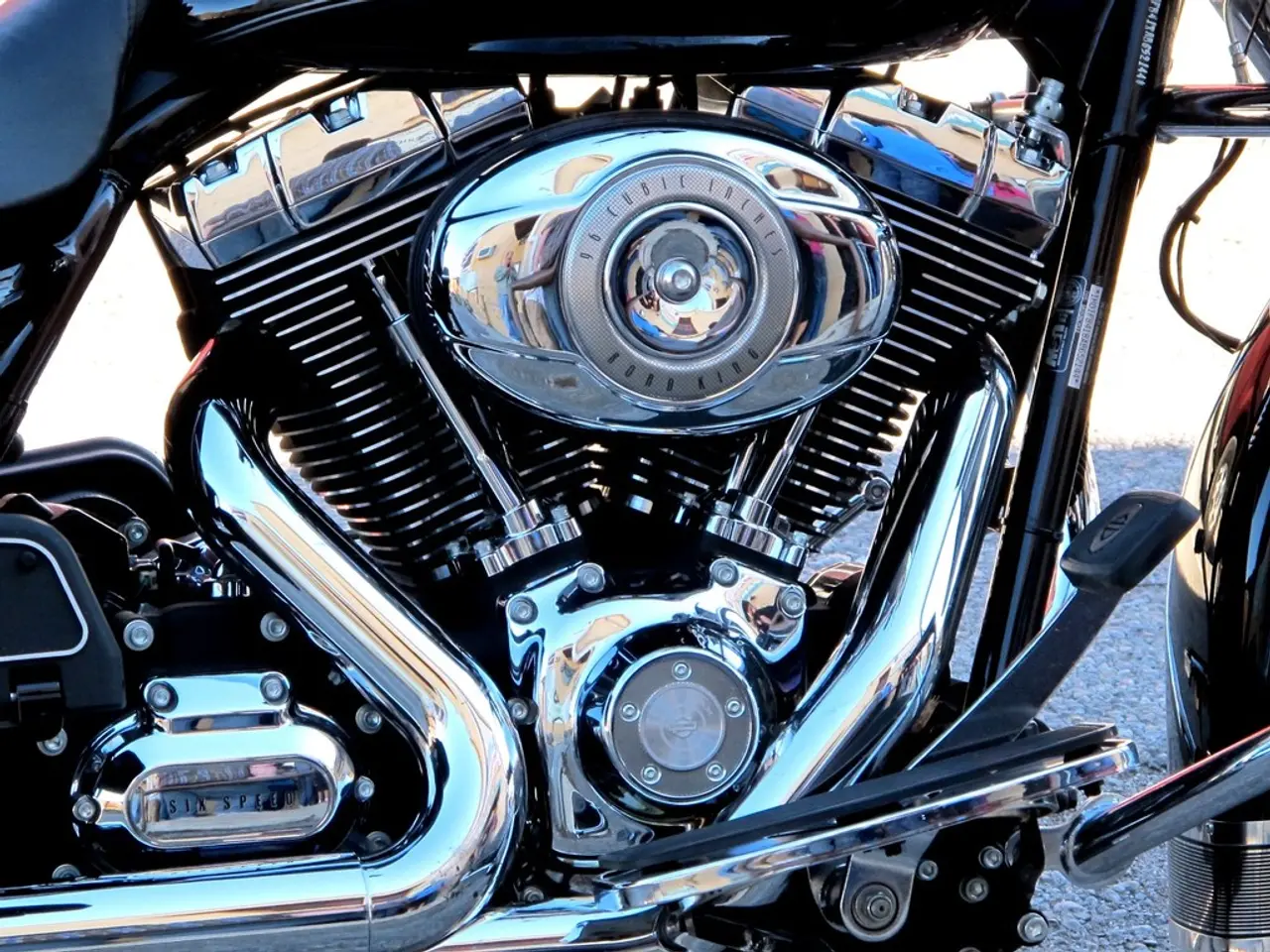Examining Your Boat's Cooling System: A Step-by-Step Guide
Boats, unlike cars, rely on the water they're floating on to cool their engines, a method known as raw water cooling. However, there are various cooling systems in use, each with its advantages and disadvantages.
Raw Water Cooling (Open Loop)
Seawater or lake water is drawn directly into the engine through an impeller pump, circulated through the engine heat exchanger, and then expelled back overboard. This simple design offers efficient heat transfer since cold water is directly used to cool the engine. However, the risk of corrosion and marine growth inside the engine due to saltwater exposure, potential for clogging by debris, and the need for a good source of clean water are concerns with this method.
Fresh Water Cooling (Closed Loop)
In this system, a coolant (like antifreeze) circulates inside the engine block, absorbing heat. This hot coolant then passes through a heat exchanger, where seawater or lake water cools it without mixing. This method offers engine internals protection from corrosion and better temperature control, but it is more complex and requires maintenance of two separate circuits.
Thermoelectric Cooling Systems (Peltier Effect)
These systems use an electronic heat pump to transfer heat from the refrigeration box to the outside sea water via a copper braid connected to a through-hull heat sink. They offer silent operation, no moving parts, and efficient temperature control independent of ambient water temperature. However, they consume considerable electrical power and retrofitting can be difficult due to heavy copper braid installation.
Motor Muffs (Flushing System for Outboard Engines)
Motor muffs are tools used primarily for flushing outboard motors by circulating fresh water around the motor’s cooling intake. They protect outboard engines from saltwater corrosion during maintenance and are easy to use for flushing purposes. However, they are not for continuous engine cooling and rely on an external fresh water source.
Regular cleaning of raw water strainers is necessary to maintain the cooling water flow, and it's beneficial to check the temperature before and after each cooler in the system to ensure everything is working as it should. A heat gun is useful for checking temperatures around the cooling system.
Most overheating issues in boats result from a lack of cooling water flow around the engine. Therefore, if the flow of water above the waterline from an outboard engine appears slower or steamier than usual, it could indicate a problem. On some inboard boats, the exhaust and water mix are discharged above the water line, allowing a simple visual check that all is well.
In this example, the sea water inlet temperature was 14°C and the exit temperature was 22.5°C, indicating efficient cooling. Larger inboard engines typically use an indirect cooling system with a closed circuit for the engine coolant, while smaller inboard engines use a direct raw water cooling system. Outboard engines often discharge the hot water underwater through the propeller hub, while a tell-tale jet is dispersed above the waterline.
For those interested in the latest motorboats, "Motor Boat & Yachting" magazine provides inspirational adventures, practical features, and news about the latest offerings. The quarterly "Custom Yachting" supplement shares information about the latest offerings in the superyacht world and at the luxury end of the market.
In conclusion, each system is designed to suit different boat engine types, environments, and maintenance preferences. Raw water systems are common for less complex engines but pose corrosion risks, while closed-loop fresh water systems offer better engine protection for higher-performance or saltwater boats. Thermoelectric units serve specialized refrigeration purposes rather than primary engine cooling, and motor muffs are tools for engine flushing, not cooling during operation.
Summary Table
| Cooling Type | Advantages | Disadvantages | Typical Use | |-----------------------------|-------------------------------------|------------------------------------|---------------------------------| | Raw Water Cooling | Simple, efficient heat transfer | Corrosion, clogging, engine wear | Many inboard and outboard engines | | Fresh Water Cooling (Closed) | Protects engine, better control | More complex, maintenance intensive| Larger engines, long-term durability | | Thermoelectric Cooling | Silent, no moving parts, compact | High power use, retrofit difficulty| Refrigeration cooling on boats | | Motor Muffs (Flushing) | Easy flushing, protects outboards | Not for engine running cooling | Maintenance of outboard engines |
Yacht owners pursuing luxury and cutting-edge technology may opt for boats equipped with thermoelectric cooling systems, which offer silent operation, precise temperature control, and no moving parts, though they consume substantial electrical power and may require challenging retrofitting. Conversely, a yacht's grandeur could be elevated by the possession of a superyacht, as detailed in the Custom Yachting supplement of "Motor Boat & Yachting" magazine.
In the realm of outboard motor maintenance, users might employ motor muffs, a cleaning tool that circulates fresh water around the engine's cooling intake, protecting against saltwater corrosion. These tools are handy tools for flushing purposes but are not intended for continuous engine cooling during operation.




